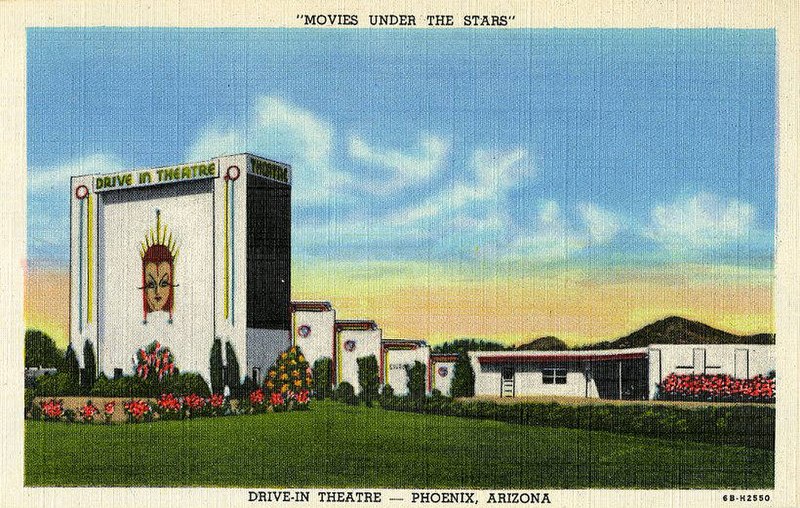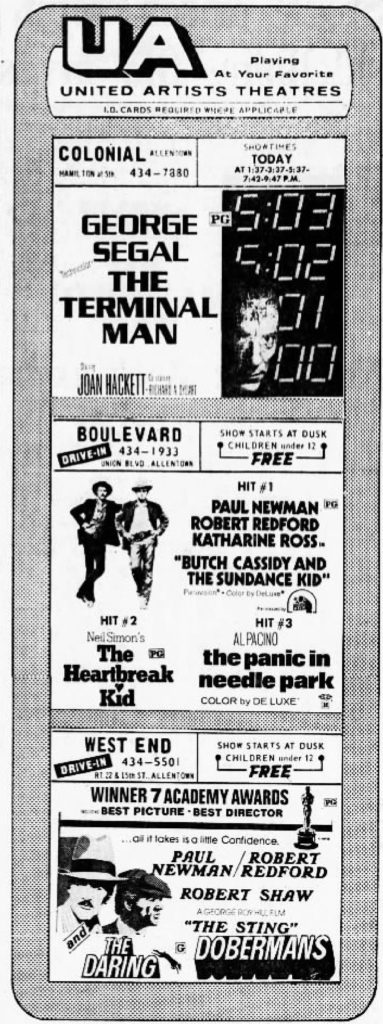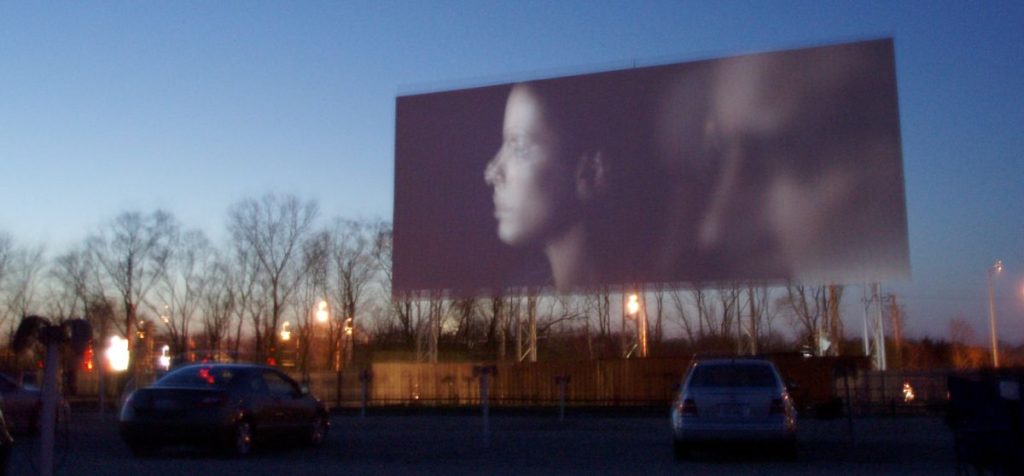Session Wrestling
Session Wrestlers engage in Private Matches which are for commerce. The girls are paid regardless of winning or losing. No one will know and it will not affect their persona or their ring careers. And, there are many pro wrestlers who do this….some on the list, some not. A few are among the biggest names in the sport. Some of them advertise, and others don’t. Because these are private and discreet matches, Session Wrestlers bring no harm to Pro Wrestling.

A Session Wrestler is a woman who wrestles an opponent for money in a private match out of pubic view. The operative terms here are “money” and “private.” The location of the Session is usually a place where privacy and discretion can be assured. This may be in a ring, but is more frequently in an apartment or a hotel suite. The Wrestler can be a professional (ring wrestler) or an amateur wrestler or a bodybuilder. The Match is generally mixed. Usually there are no observers.
The nature of the match can be fantasy, semi-competitive, or competitive. This is usually discussed and agreed to in the matchmaking stage. Also, discussed at this stage is the fee paid to the Session Wrestler, the location, need for privacy and discretion, rules (pins, submissions, holds allowed and not allowed), duration, and attire. As you can see, these matches are engaged in by consenting adults. The operative word is “consenting.”
You might be surprised to know that a good number of “professional women wrestlers” engage in these matches. Be careful who you criticize as well as who you don’t criticize. They wrestle in Private Sessions and their privacy is respected. What they do in private is their business and done for their reasons. However, most of the women are doing it for the money (much better than what they get for a pro match) and not for any sexual thrill or to test their skill against a man.
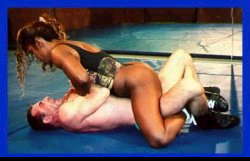
Rules: neither wrestler wants to be injured or marked. Therefore, tactics such as scratching, gouging, kicking, kneeing, punching are forbidden. Tap outs are permitted. This is not a matter of physical strength and superiority. The man is usually, but not always, the stronger of the two. But he may want to be dominated or wrestle down so that strength is not a determining factor in the match. Pro moves such as bodyslams, monkeyflips, etc. are usually banned because (a) they must be executed by a trained professional and (b) these moves would be dangerous on a hard surface.
Fantasy match: these tend to be more erotic. Attire might include topless for the woman but does not include overt sex. However, face sitting and breast smothering may be preferred tactics. Pro women wrestlers don’t engage in these matches. These are reserved for amateurs and bodybuilders. Many bodybuilders are very free with exploiting their ample physiques and crave the adulation of the male species. These women might also include “body worship” which is the flexing of their muscles and allowing their opponents to feel those muscles. Amateurs are in this for the rolling around, contact, and sexual overtone aspects of fantasy sessions. Also, there is a tendency to include domination in this category.
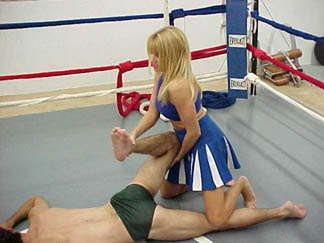
Semi-competitive match: no nudity or sex. This is a fun match in which either wrestler may win a pin or a submission. Who wins the most falls is unimportant. Most professional women wrestlers fall into this category because strength is not a primary determinant and there is a low risk of injury. Generally, patrons request the women to wear their ring regalia, i.e. boots, tights, etc.
Competitive: this match requires a definitive winner. Skill, strength, agility, speed, stamina, etc., are significant factors. Only the strongest professional women wrestlers take on competitive matches; and some do quite successfully. More commonly, female bodybuilders gravitate to this type of match. Holds are applied with such force that submissions are frequent and immediate or opponents can be held and “tortured.”
I hope this clarifies the term “Session Wrestling.” Again, many pros you don’t think of as session wrestlers are, in fact, session wrestlers. And, they do it for the money.
Submitted by an interested fan…
